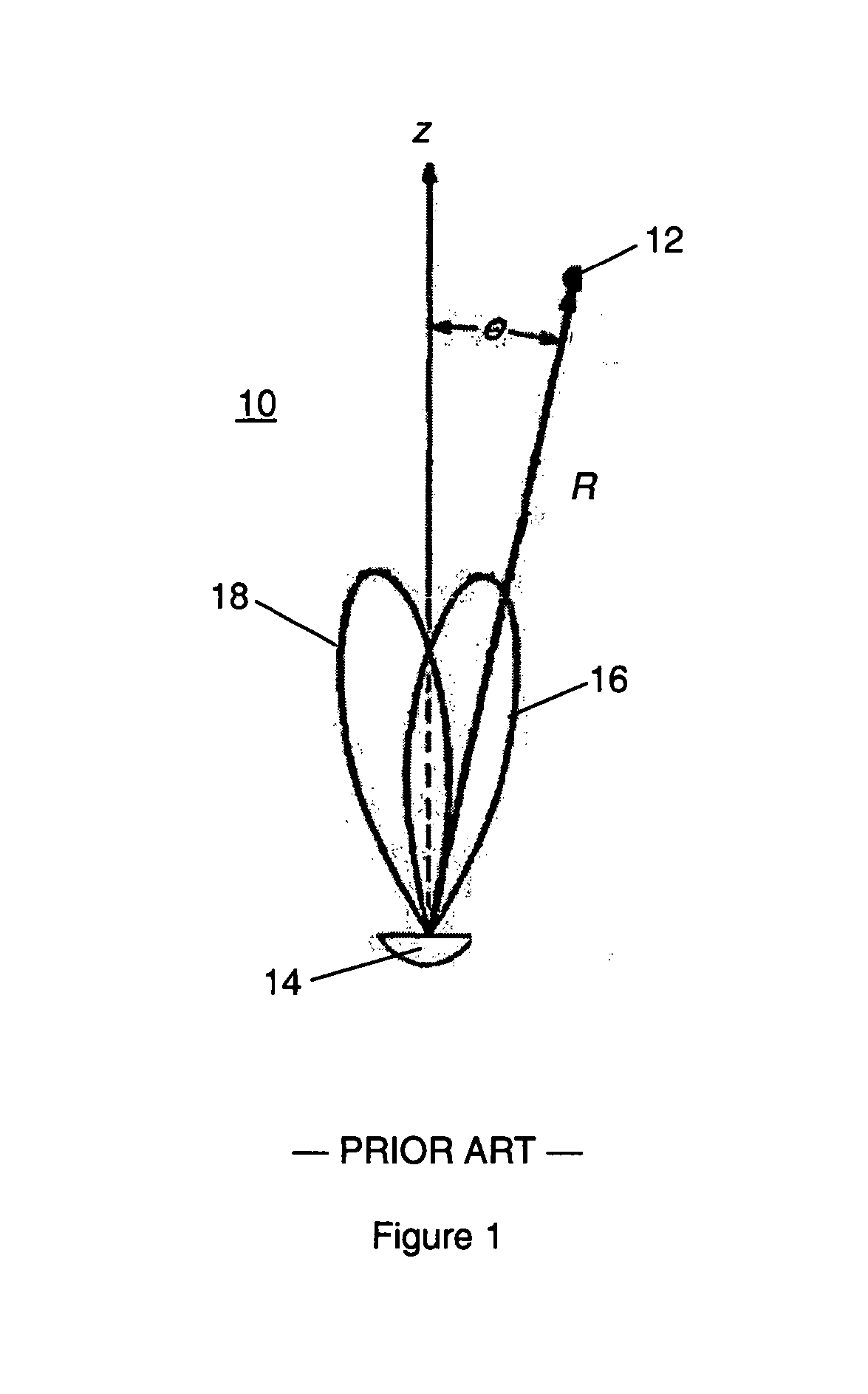Method, device and system for determining direction of arrival of signal
a signal direction and signal technology, applied in the direction of direction finders, instruments, measurement devices, etc., can solve the problems of affecting the direct signal, multipath signals resulting from mirror reflection of the response pulse off the reflector are typically of significant amplitude, etc., and achieve accurate estimation of the doa , the effect of reducing the number of errors caused by the presence of multipath signals
- Summary
- Abstract
- Description
- Claims
- Application Information
AI Technical Summary
Benefits of technology
Problems solved by technology
Method used
Image
Examples
Embodiment Construction
[0029] The detailed description set forth below in connection with the appended drawings is intended as a description of embodiments of the invention, and is not intended to represent the only form in which the present invention may be practiced. It is to be understood that the same or equivalent functions may be accomplished by different embodiments that are intended to be encompassed within the spirit and scope of the invention. In the drawings, like numerals are used to indicate like elements throughout.
[0030] Referring now to FIG. 4, a system 50 for determining a DOA of a signal is shown. The system 50 comprises a transceiver 52 and a transponder 54. The transceiver 52 includes multiple directional antennas 56, a processor 58 and a memory 60 for storing calibration data. The transponder 54 includes an omni-directional antenna 62. The signal whose DOA is to be determined is generated by the transponder 54 in response to receipt of a UWB pulse. Adjacent pairs of the directional a...
PUM
 Login to View More
Login to View More Abstract
Description
Claims
Application Information
 Login to View More
Login to View More - R&D
- Intellectual Property
- Life Sciences
- Materials
- Tech Scout
- Unparalleled Data Quality
- Higher Quality Content
- 60% Fewer Hallucinations
Browse by: Latest US Patents, China's latest patents, Technical Efficacy Thesaurus, Application Domain, Technology Topic, Popular Technical Reports.
© 2025 PatSnap. All rights reserved.Legal|Privacy policy|Modern Slavery Act Transparency Statement|Sitemap|About US| Contact US: help@patsnap.com



